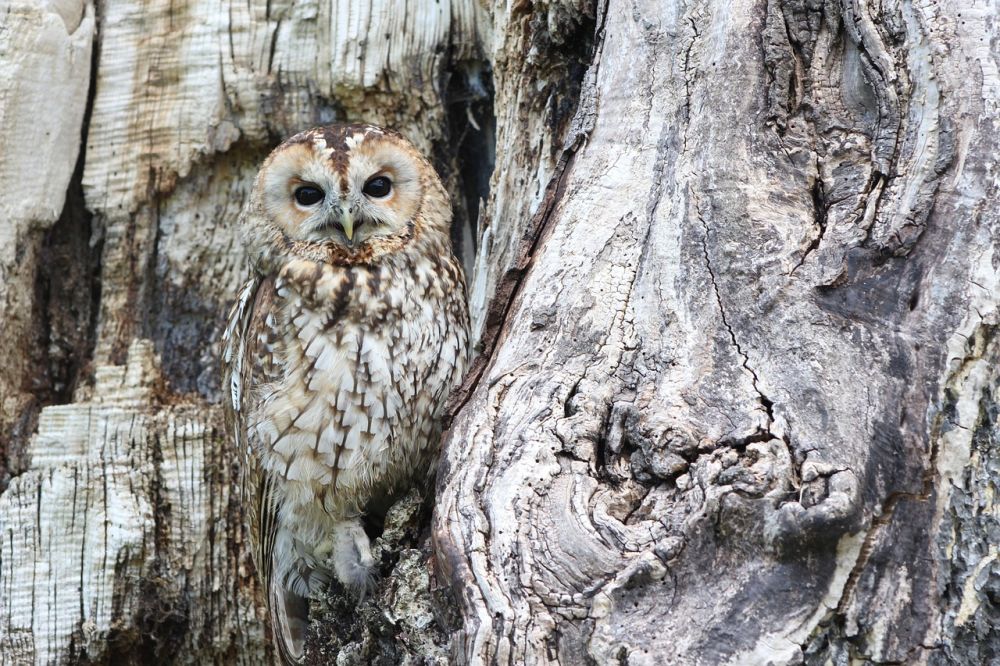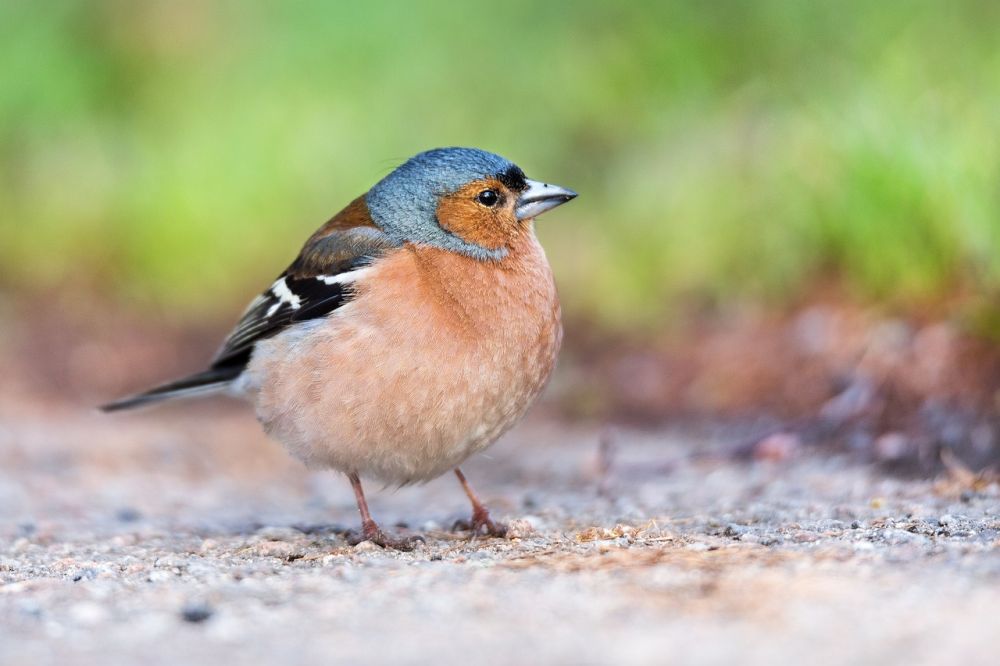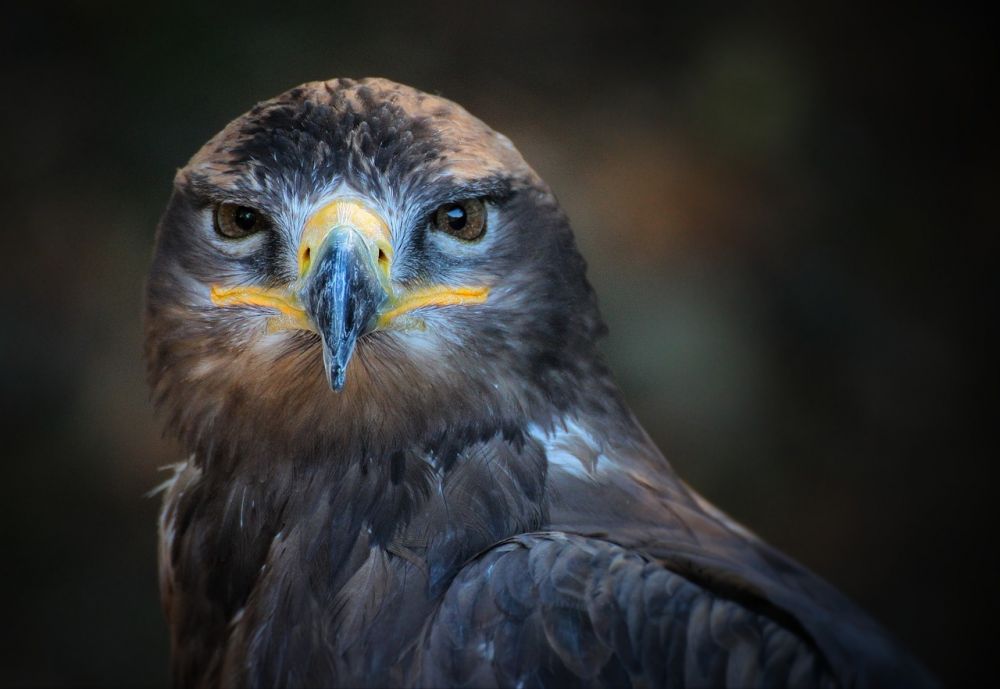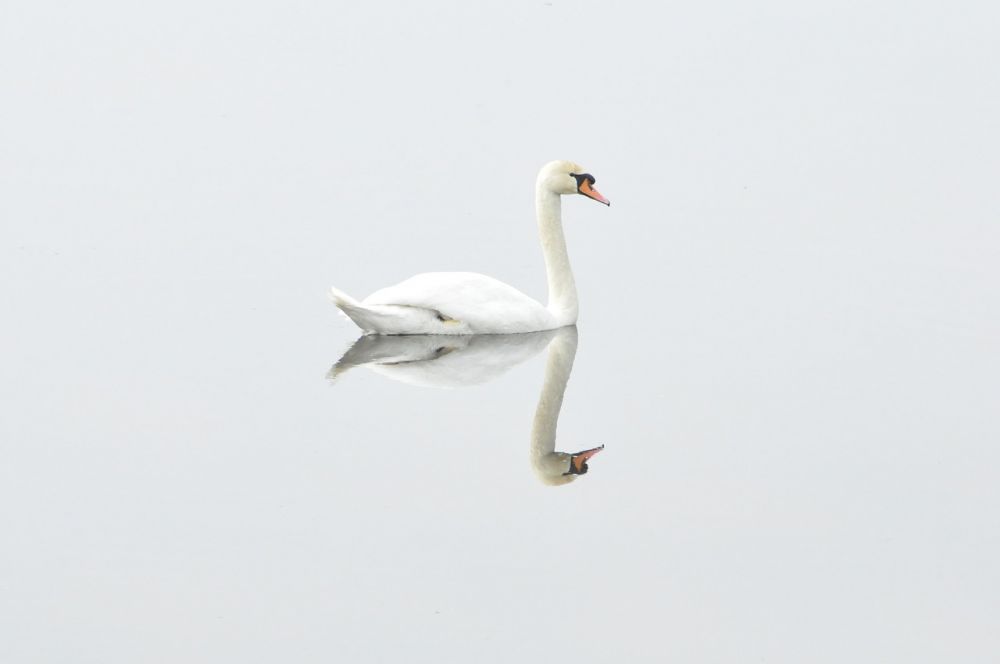Condoress, the Majestic Bird of the Andes

Introduction:
The Condoress, also known as the Andean condor, is a majestic bird that holds immense significance in the Andean culture and ecosystem. It is the largest flying bird with a wingspan that can reach up to 3.3 meters, making it an impressive sight in the sky. In this comprehensive article, we will delve into the various aspects of the Condoress, from its characteristics and types to its historical significance and the differences between them.
Overview of the Condoress

The Condoress is a New World vulture species that inhabits the Andean mountains and adjacent Pacific coasts of South America. It is primarily found in Argentina, Bolivia, Chile, Colombia, Ecuador, Peru, and Venezuela. With its distinctive black feathers, white collar, and bald head, it is easily identifiable. Despite its intimidating appearance, the Condoress plays a crucial role in maintaining the ecosystem’s balance by scavenging on carrion.
Types of Condoress
There are two recognized subspecies of the Condoress: the South American Condoress (Vultur gryphus) and the California Condoress (Gymnogyps californianus). The South American Condoress is the larger of the two, while the California Condoress is slightly smaller. Both subspecies exhibit similar characteristics and behaviors, but they have minor differences in habitat preferences and physical attributes.
Quantitative Measurements of the Condoress
The Condoress is known for its impressive physical features. It is one of the heaviest flying birds, with males weighing between 11 and 15 kilograms, and females weighing between 8 and 11 kilograms. Additionally, its wingspan can reach up to an astonishing 3.3 meters, allowing it to glide effortlessly through the air. These measurements make it an extraordinary bird and a captivating sight for birdwatchers and nature enthusiasts.
Differences Between Condoress
Although the two Condoress subspecies share many similarities, there are noticeable differences between them. The South American Condoress is more widespread, inhabiting a larger geographic range than the California Condoress. Furthermore, the South American Condoress has a more extensive diet, including larger carrion, while the California Condoress focuses more on smaller prey. These variations illustrate how the birds have adapted differently to their respective environments.
Historical Overview of Condoress
Throughout history, the Condoress has captivated the attention of people and played a significant role in various cultures. In ancient Andean civilizations such as the Inca Empire, the Condoress was considered a sacred bird and often depicted in their art and legends. However, with the arrival of European settlers, the Condoress faced severe population declines due to hunting and habitat destruction. Conservation efforts have since been implemented to protect and restore their populations, leading to a slow recovery of these magnificent birds.
Pros and Cons of Condoress Conservation
The conservation of Condoress has both advantages and disadvantages. On one hand, the efforts to protect this species have led to an increase in their numbers, ensuring their survival and the preservation of their unique ecological role. On the other hand, the growing population of Condoress can pose challenges for livestock farmers, as they sometimes prey on weak or newborn animals. Striking a balance between conservation and minimizing human-wildlife conflicts remains an ongoing challenge.
Conclusion:
The Condoress is a remarkable bird that has captured the imagination of people throughout history. With its impressive size and distinctive appearance, it continues to be a symbol of beauty and strength in the Andean region. By understanding the different types of Condoress and their characteristics, we can appreciate the diversity of this species and the efforts required to ensure its survival. Let us continue to celebrate and protect the Condoress, a true marvel of nature.





